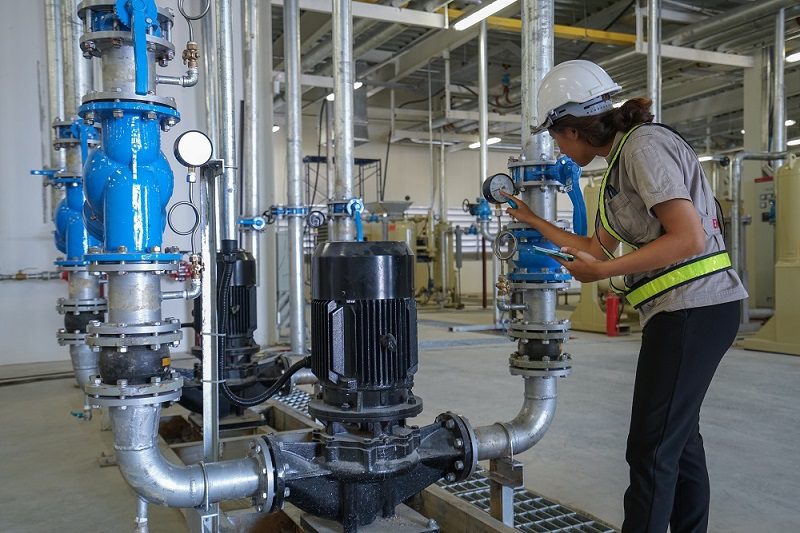Vacuum filters protect the different components of the vacuum pump by preventing dust and particulate matter from entering or exiting the pump. They form an essential part of the filtration system for vacuum pumps. These devices ensure durability and energy efficiency; offer minimal loss of pressure. However, several questions may come to your mind while buying them. So, let us discuss how to go about the buying process.
Select a Good Manufacturer or Brand
While buying you should select a manufacturer who has a high amount of brand influence. Normally these brands have a reputation to maintain so they always deliver good quality products to have a long life. They also have good customer service so in case your vacuum pump filters need to be replaced or repaired, it should not be an issue.
If You Make Your Purchase Online
In the current situation, it will be a good idea to purchase vacuum filters online. This way, you can find out more information about the product and more brands to choose from different companies. So not only can you find extensive information regarding the product, but also use several parameters on price and brands, as a basis to compare the performance of different products. This way you can make a suitable quotation and get yourself a vacuum pump filter that provides you with value for money.
Select the Proper Specification and Model
Different manufacturers produce different models and specifications for which it serves different purposes. However, you also need to consider your purchasing capacity and requirements. Selecting the correct specifications will allow you to conduct your production work much more efficiently and will prevent extra waste in the process.
Consider the Type of Filter You Need
Two types of vacuum filters primarily exist, and these are given as below:
Inlet Filters:
Inlet filters are typically installed at an inline position before the intake of the vacuum pump. These are mainly used for preventing the vacuum pumps from getting contaminated by particulates. Such as bagging film fragments, stray fibres, and industrial manufacturing dusts by filters. In these filters, the flow of gas leads it to the outer body of the filtration system.
Then it enters the interiors through the filter element and finally, it enters the vacuum pump after leaving the filter system. According to your application, you will need to choose between several types of filter elements. But for dusty uses, a paper or pleated polyester element should be perfect. Owing to the large surface area of the pleating, the steam of gas can easily pass through it.
Exhaust Filters:
These types of vacuum filters can be commonly found in rotary vane vacuum pumps that are oil-sealed. Often while operating vacuum pumps, oil mist is formed, which you can minimize with the help of exhaust filters. These filters help you maintain a clear vacuum pump exhaust which is free from oil mist.
The pump may need recirculation for the exhaust gas or expel it into an area that is clean. This way you don’t need to take the ductwork or exhaust pipes outside. These filters clear out the accumulated liquid by the means of a filter cartridge that is highly efficient. This way, you can extend the life of the vacuum pump by reusing the lubricating oil which is quite expensive. Usually, vacuum pumps that have a flow rate of 3-850 cfm use exhaust filters.
By using vacuum pump filters, you can easily separate the oil mist particles present in the exhaust gas. This leaves the oil inside the pump and lets the gas out thus keeping the working environment and making sure the vacuum pump lasts longer.

As the editor of the blog, She curate insightful content that sparks curiosity and fosters learning. With a passion for storytelling and a keen eye for detail, she strive to bring diverse perspectives and engaging narratives to readers, ensuring every piece informs, inspires, and enriches.










